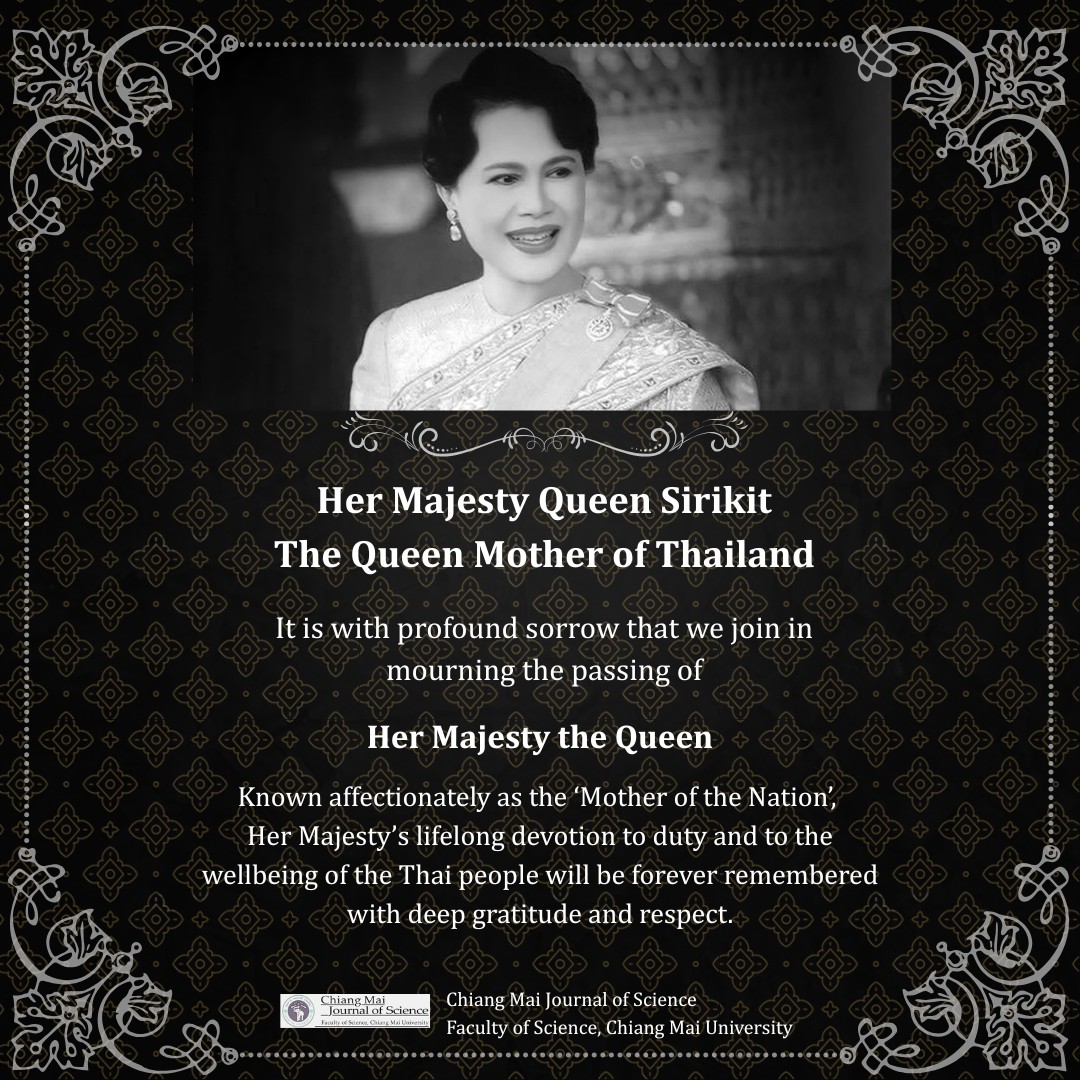JOURNAL DETAIL
Antioxidant and Sensory Properties of Thai Herbal Teas with emphasis on Thunbergia laurifolia Lindl.
Paper Type |
Contributed Paper |
Title |
Antioxidant and Sensory Properties of Thai Herbal Teas with emphasis on Thunbergia laurifolia Lindl. |
Author |
Eric W.C. Chan*, Suit Ying Eng, Yuen Ping Tan, Zhiew Cheng Wong, Phui Yan Lye, and Lea Ngar Tan |
Email |
chanwc@ucsi.edu.my |
|
Abstract: Antioxidant properties (AOP) of 12 types of Thai herbal teas and five types of Thunbergia laurifolia teas were investigated. Total phenolic content (TPC), caffeoylquinic acid content, ascorbic acid equivalent antioxidant capacity (AEAC), ferric reducing power (FRP) and ferrous ion chelating (FIC) ability were assessed using the Folin-Ciocalteu, molybdate, 2,2-diphenyl-1-picrylhydrazyl, potassium ferricyanide and ferrozine assays, respectively. The Thai herbal teas comprised leaves, flowers and rhizomes of herbs, shrubs and trees. In general, there was positive correlation between TPC and primary antioxidant activities of AEAC and FRP. However, teas with potent primary antioxidant activities may not necessary have strong secondary antioxidant activity of FIC. Most herbal teas had lower antioxidant values than teas of Camellia sinensis, based on data from an earlier study. The most outstanding exception was Lagerstroemia speciosa (banaba) tea with AOP comparable or superior to those of green teas. Another exception was Stevia rebaudiana (stevia) tea with AOP comparable to oolong and/or black teas. Morus alba (mulberry) tea had stronger FIC ability than teas of C. sinensis. Teas of T. laurifolia produced from microwave drying (MD), freeze drying (FD), oven drying (OD) and freeze withering (FW) were evaluated for their AOP and sensory properties, with comparisons to the commercial T. laurifolia or Rang Chuet (RC) tea. Values of T. laurifolia teas were significantly stronger than the RC tea, with the exception of the FW tea which had comparable properties. Ranking of AOP of teas was FD > MD > OD > RC ~ FW. Results suggested that AOP of T. laurifolia teas were dependent on the degree of fermentation, i.e. fermented (FW, RC and OD) teas had lower antioxidant values than unfermented (MD and FD) teas. Results showed that the MD tea had the highest scores for aroma, flavour and overall acceptability. |
|
Start & End Page |
599 - 609 |
Received Date |
2011-12-30 |
Revised Date |
|
Accepted Date |
2012-04-13 |
Full Text |
Download |
Keyword |
herbal tea, antioxidant properties, sensory properties, consumer acceptability |
Volume |
Vol.39 No.4 (OCTOBER 2012) |
DOI |
|
Citation |
Chan* E.,W.,Eng S.,Y.,Tan Y.,P.,Wong Z.,C.,Lye P.,Y., et al., Antioxidant and Sensory Properties of Thai Herbal Teas with emphasis on Thunbergia laurifolia Lindl. , Chiang Mai Journal of Science, 2012; 39(4): 599-609. |
| View:1,087 Download:330 | |
RELATED ARTICLE
Article ID: e2025080
Author:Samantha C. Karunarathna, Nimesha M. Patabendige, Wenhua Lu, Dongqin Dai and Kalani K. Hapuarachchi
Vol.52 No.6 (November 2025) View: 680 Download:299
page: 897 - 904
Author:Tarek F. Eissa, Elena Gonzalez-Burgos, M. Emilia Carretero and M. Pilar Gomez-Serranillos*
Vol.45 No.2 (March 2018) View: 946 Download:309
page: 762 - 773
Author:Pasakawee Krittalak*, Banjongsinsiri Panida, Lekhavat Supaporn, Noojuy Nowwapan, Taksima Takunrat and Srimongkoluk Ubolwanna
Vol.45 No.2 (March 2018) View: 1,111 Download:987
Copyrights © Since 2021 All Rights Reserved by Chiang Mai Journal of Science










